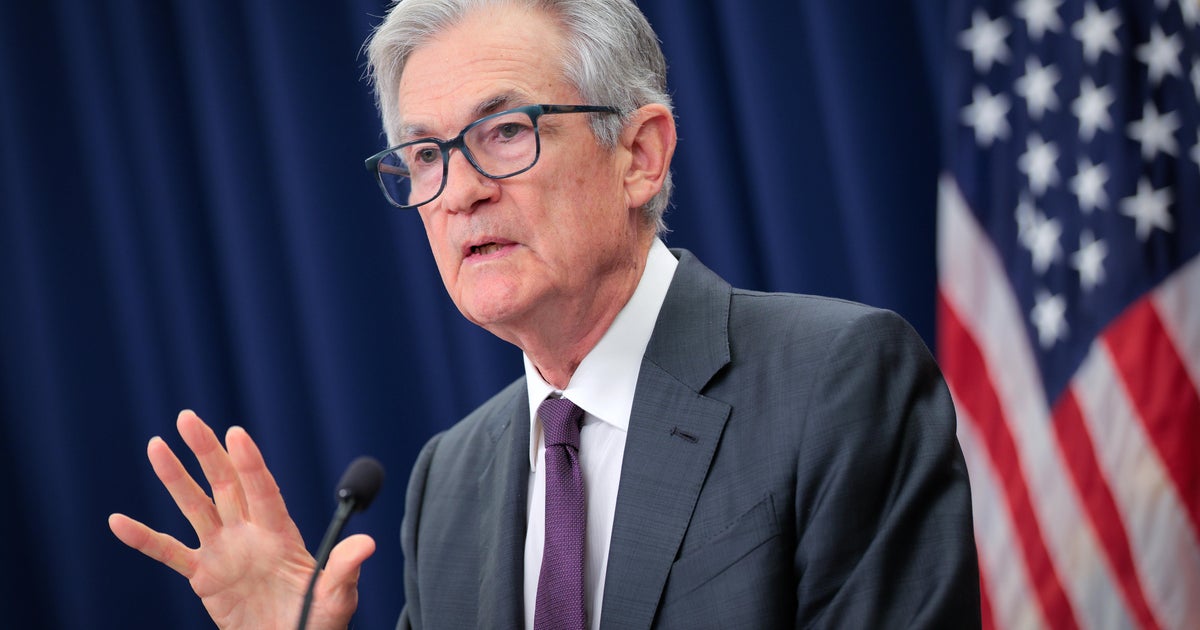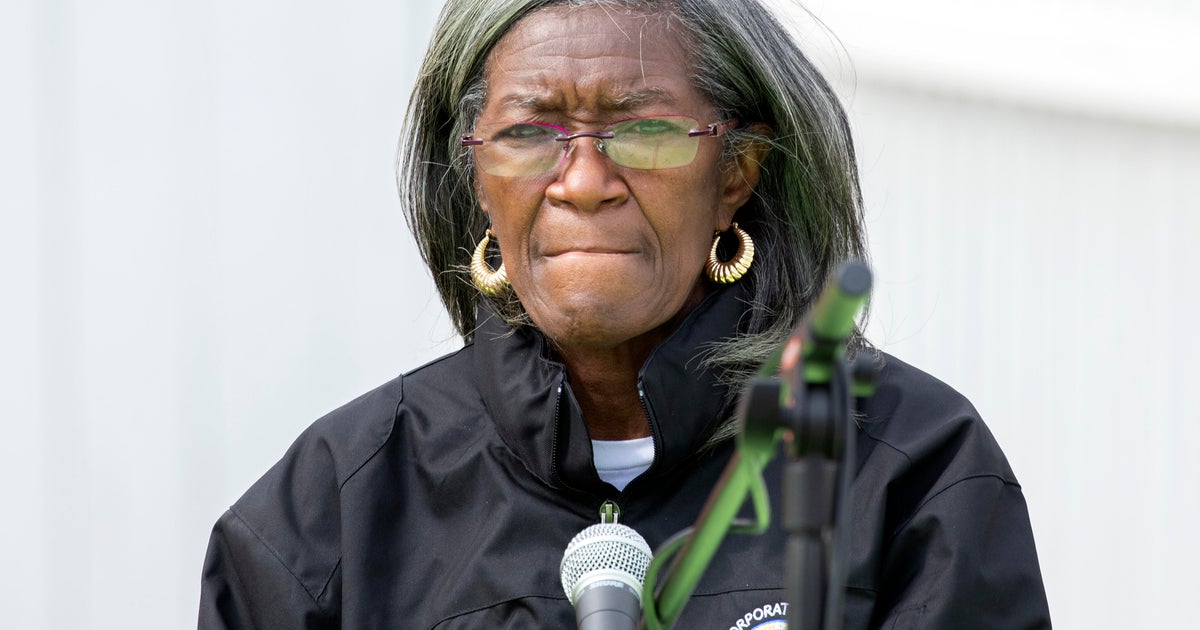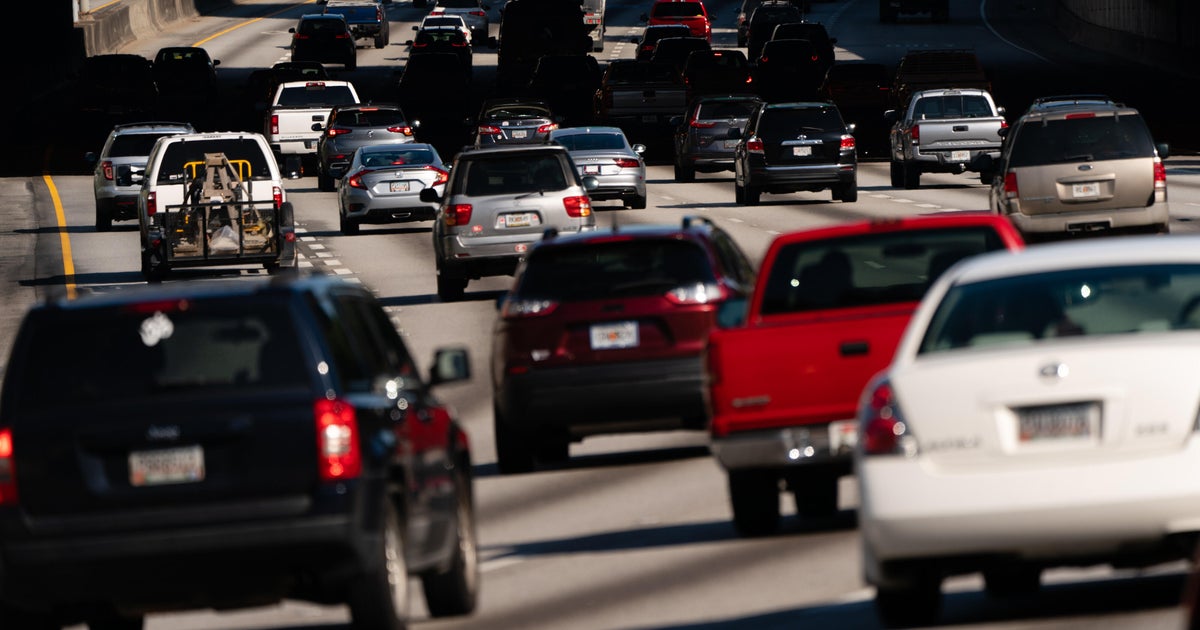Americans are quitting their jobs at record rates — here are the 10 states leading the trend
America is becoming a nation of quitters — with a record 4.4 million workers handing in their resignations in September. But the trend isn't spread evenly across the country, with some states experiencing sharp increases in workers handing in their two-week notices.
Called "The Great Resignation," the trend reflects a complex mix of pandemic factors: Some women with children have been walloped by the dual demands of childcare and work and took a step back from the labor force, while some older workers took earlier-than-expected retirement.
And other workers are quitting because they are finding better-paying jobs as employers raise wages and dangle juicier benefits.
Some states experiencing a jump in their so-called quit rate are stymied not only by pandemic-related problems, but longer-term issues such as an aging workforce or a low workforce participation rate. Take Hawaii, where 7.1% of all workers quit in September — more than double the national rate of 3% and the highest quit rate in the country.
In the decade prior to the pandemic, Hawaii's population shrank by more than 5%, and its workforce grew by half the rate of the rest of the nation. On top of that, the state is struggling to regain its footing with tourism and travel. Like Hawaii, some other states with high quit rates are struggling with long-term pressures on their labor force, such as aging and retirement, as well as flare-ups from the pandemic, economists noted.
Overall, 15 states saw an increase in their quit rate, with Hawaii leading the pack with an increase of 3.8 percentage points, the Labor Department said. Ten states saw a decrease in their quit rates, with the biggest decline in Kentucky, where the share declined by 1.1 percentage points, it added. However, Kentucky's quit rate of 3.3% was still higher than the national average of 3% that month.
The labor market is "hot," giving workers the confidence to quit and spurring a record share of small businesses to plan on raising wages, economists at Oxford Economics noted. But this also raises the risk that higher pay could feed into the nation's already elevated inflation — although the economists added that they forecast more workers will return to the job market in 2022, easing the current hiring and wage pressures.
Multiple factors
"A lot of states with elevated quits are states with higher-than-average COVID cases, but a lot of it is due to labor market tightness," said Liz Wilke, chief economist at Gusto, which provides payroll and other services to small businesses. "Idaho has an extremely aging population — a lot of the tightness in Idaho is that it's an older workforce."
She added, "They also have one of the lowest unemployment rates in the country, so that that means it's a very good environment if you are a worker" looking for a new job.
Idaho's unemployment rate was 2.8% in October, among the lowest in the nation. At the same time, the state's quit rate stood at 4.1% in September, the seventh-highest in the nation, according to data from the Bureau of Labor Statistics.
Like Idaho, both New Hampshire and Indiana are states with high quit rates that also have some of the lowest unemployment rates in the nation, signaling that employees are using that leverage to find more lucrative jobs.
That's helping workers secure better pay, with the typical hourly earnings increasing 4.9% in October from a year earlier. Interestingly, the Americans seeing the biggest wage gains are in low-wage sectors where employers are desperate for workers: leisure and hospitality hourly pay jumped 12.4% last month, according to economist Dean Baker of the Center for Economic and Policy Research.
Top 10 states by quit rate in September:
- Hawaii: 7.1%
- Montana: 4.8%
- Nevada: 4.5%
- Alaska: 4.3%
- Colorado: 4.3%
- Indiana: 4.3%
- Idaho: 4.1%
- Oregon: 3.9%
- Louisiana: 3.8%
- New Hampshire: 3.8%
To be sure, the data represents just one month and the quit rate in each state could change from month to month.
Pain for employers
That's not making it easy for employers, some of whom had hoped workers would rush back to the job market once pandemic unemployment benefits ended in early September. But some workers are still sitting on the sidelines or even striking out on their own to start their own businesses, further shrinking the labor pool.
That's created a historic imbalance: For each job opening in September, there was only 0.74 unemployed people available, the lowest ratio on record, according to Oxford Economics.
Even so, economists believe workers will trickle back into the workforce throughout 2022, alleviating some of the pressures on employers.
"One reason for optimism about the labor force re-entry of prime-age workers is that nearly all workers who left the labor force during the pandemic intend to re-enter in the next 12 months, suggesting that most prime-age exiters still view their exits as temporary," Goldman Sachs analysts noted in a research report earlier this month.
But, they added, workers have ongoing concerns about workplace safety given the ongoing pandemic. "It may take some time for some people to feel comfortable returning to work," they noted. That's an issue that bears watching amid the emergence of the new Omicron variant of the coronavirus.







